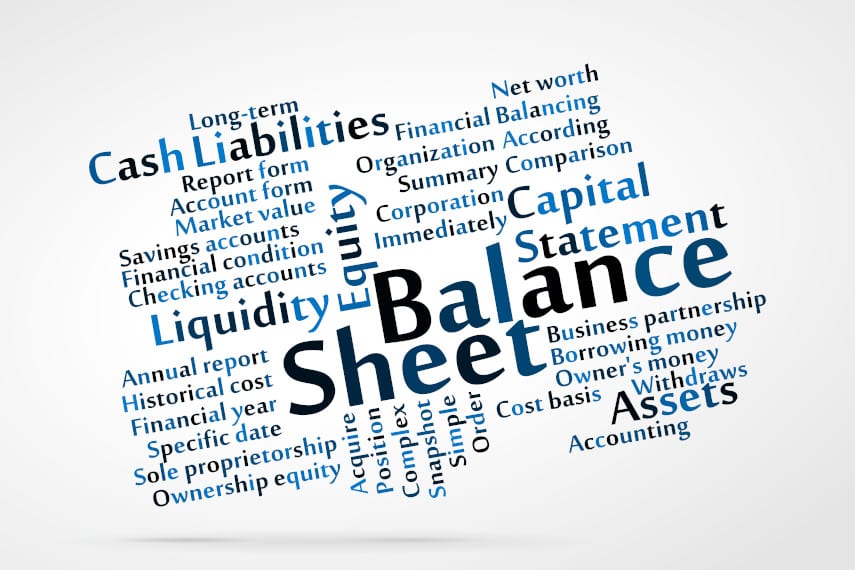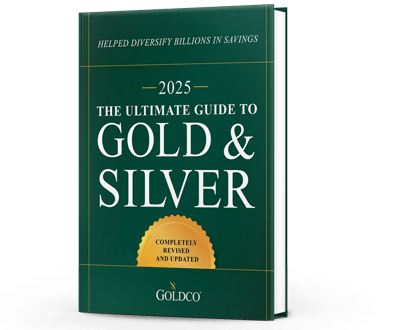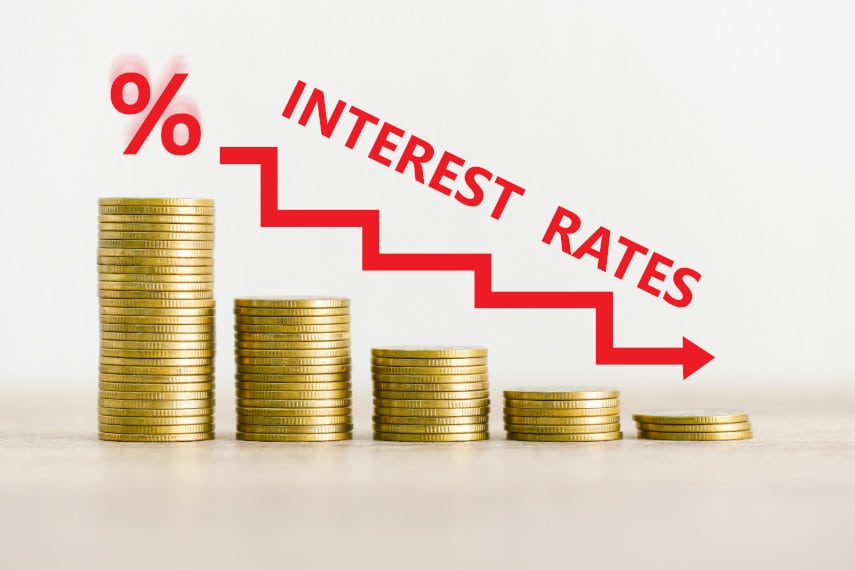
With the Federal Open Market Committee’s next monetary policy meeting scheduled to take place in two weeks, FOMC members have to be feeling the heat. After a weak move to try to stem inflation by boosting interest rates a whole 25 basis points, the Federal Reserve is going to be under a lot more pressure to do more to stem the tide of inflation.
With inflation rising to 8.5% after the latest numbers from the Bureau of Labor Statistics, it looks like predictions that inflation could reach 9% by mid-May could end up coming true. And that could increase the pressure the Fed faces to normalize monetary policy even quicker than it had otherwise intended.
Of course, when the Fed says normalization it doesn’t really mean normalization as the rest of us understand it, i.e. normal pre-2008 monetary policy. Instead it means something like “normal” in the sense of continued growth from its bloated $4.5 trillion 2017-era balance sheet while not quite rising to the levels of its currently massive $9 trillion balance sheet.
If the Fed really wanted monetary policy normalization, it would return to a balance sheet more in line with pre-2008 levels, which accounting for the Fed’s normal inflation would mean a balance sheet around $1.5 trillion or so. But a target of $6 trillion, which would mean about a 33% drawdown, would still be a significant decrease, and one that could be contractionary.
No matter what the Fed decides to do, it’s going to affect you and your finances. And if you don’t pay attention to what the Fed is doing, you may wake up one day and wonder what happened to your retirement savings.
Roadmap to Normalization
We don’t know exactly what the Fed’s roadmap towards normalization looks like, but there have been some rumors going around about some of the details. It appears that the Fed’s balance sheet reduction this time is going to be much sharper and more severe than its last one, which took place from 2017 to 2019.
That balance sheet reduction only resulted in about $700 billion of reduction, whereas the Fed may be pushing for up to $3 trillion of reduction this time. The Fed may try to reduce its holdings of Treasury securities by up to $60 billion per month, and its mortgage-backed securities (MBS) holdings by up to $35 billion per month. That would mean a runoff of over $1.1 trillion per year. But how would this affect markets?
1. Deflationary Policy
To start off with, this policy would be one of deflation. All of the new money the Fed created to monetize the debt the federal government added post-COVID entered the financial system just within the past two years. We’ve only started feeling the effects of that new money in the form of higher inflation over the past year or so, as there is always a lag between money creation and higher prices.
Pulling money out of the system through asset sales or allowing debt to mature would counteract the inflationary effects of all that money creation, but how quickly would prices start falling? Perhaps more importantly, inflation has disrupted supply chains and altered consumer and business spending patterns. How much more dislocation will occur once deflation sets in?
Pulling money out of the system at this point isn’t going to be a neutral action. It will have definite effects that could negatively impact the economy, not only hastening a recession but possibly making it worse than it otherwise would have been.
2. Bond Yields Could Rise
It’s almost certain that bond yields will rise once the Fed starts to trim its balance sheet. There is a lot of discussion of the Fed allowing its holdings of Treasury bonds to run off naturally, which is feasible given the short duration of much of its Treasury holdings. But the federal government is going to want to roll over a lot of that debt, and will likely have to sell at higher interest rates in order to do so, which will raise the government’s debt servicing costs.
But mortgage markets could be hit even worse. We’ve already seen mortgage rates increase something like 200 basis points after a mere 25 basis point rate hike. But as the Fed begins to offload its mortgage-backed securities holdings, mortgage rates could push even higher.
This is because the Fed owns around 23% of all MBS currently in existence. It is thus a market maker, and its purchases of MBS have been perhaps the primary cause behind sinking mortgage rates and higher home prices.
As the Fed begins to sell MBS into the market, loan origination could likely suffer and interest rates will likely continue to rise. Without a whale as big as the Fed vacuuming up mortgages, actual supply and demand are going to reassert themselves. The Fed has provided a massive subsidy to homebuyers over the past several years, and that’s all going away.
Now mortgage providers are going to have to be stricter in who they approve for mortgages, and they’ll likely ask for higher interest rates than they have been. It’s very easy to approve mortgages at low interest rates when you have a major buyer willing to buy a quarter of everything that’s produced. Once that subsidy disappears, and you can’t offload that default risk onto the Fed’s balance sheet, mortgages are going to get a lot tighter.
A lot of recent homebuyers could get hurt if home prices collapse as a result of the Fed’s MBS sales, and many could end up underwater. If the Fed isn’t careful, it could cause a repeat of the 2008 crisis, blowing up the housing market in its attempt to draw down its balance sheet.
3. Stock Prices Could Fall
Mortgage markets weren’t the only markets propped up by the Fed’s largesse either. Stock markets have moved largely in lockstep with the Fed’s monetary creation as well. In fact, there’s a 97% correlation between the M2 money supply and the Dow Jones Industrial Average since the beginning of the Fed’s extraordinary monetary policy in December 2008.
Once the Fed begins to pull money out of the system, and all that easy money chasing stocks dries up, there’s going to be a lot more momentum pushing stocks down than pulling them up. We’ve begun to see a taste of that recently, but things could really start accelerating once the Fed’s balance sheet drawdown gets up to speed.
4. Recession Could Worsen
More and more people today are fearful of a coming recession. The yield curve recently inverted for the first time since 2019, an indicator that recession could be imminent. Markets are pessimistic about the future, but no one knows what the trigger for the next recession will be.
What we can speculate about, however, is how the Fed could make the next recession even worse. Normally when the Fed begins to hike rates or sell assets, it does so in the face of a strong economy that is at risk of overheating.
Today we’re looking at an economy in which millions remain out of the workforce, prices are rising out of control, wages are stagnant in comparison, and recession is on the horizon. And with all these headwinds, the Fed wants to raise interest rates and cut the size of its balance sheet by selling assets.
We’re about to witness in real time just how competent the Fed really is. Will Jay Powell go down in history like Paul Volcker, who sought out recession to combat the high inflation of the early 1980s? Or will he go down in history as the Fed Chairman who led the economy into the next Great Depression?
Protect Your Wealth With Gold
With recession on the horizon and the Fed seemingly set on monetary tightening, the outlook for conventional financial assets like stocks and bonds looks dim. And if the Fed really miscalculates and makes things worse, the 2020s could end up looking just like the 1970s did, a decade of stagflation that investors would rather forget ever happened.
It’s in times like these that gold really shines, just like it did during the 1970s stagflation. Gold’s 30% annualized gains during the 1970s demonstrated just how potent gold can be as an asset during times of high inflation and economic stagnation. With the 2020s threatening to look like a repeat of the 1970s, this decade could be one in which gold really showcases what its made of.
If you’d like to protect your investments with gold, there’s no better time than right now. Whether you decide to protect your retirement savings with a gold IRA, or safeguard your cash savings by buying gold coins or bars, there’s a gold investment option out there for everyone.
Goldco’s experts have helped thousands of customers benefit from buying gold. Will you be one of them? Call Goldco today and start putting gold to work today in protecting your hard-earned wealth.






